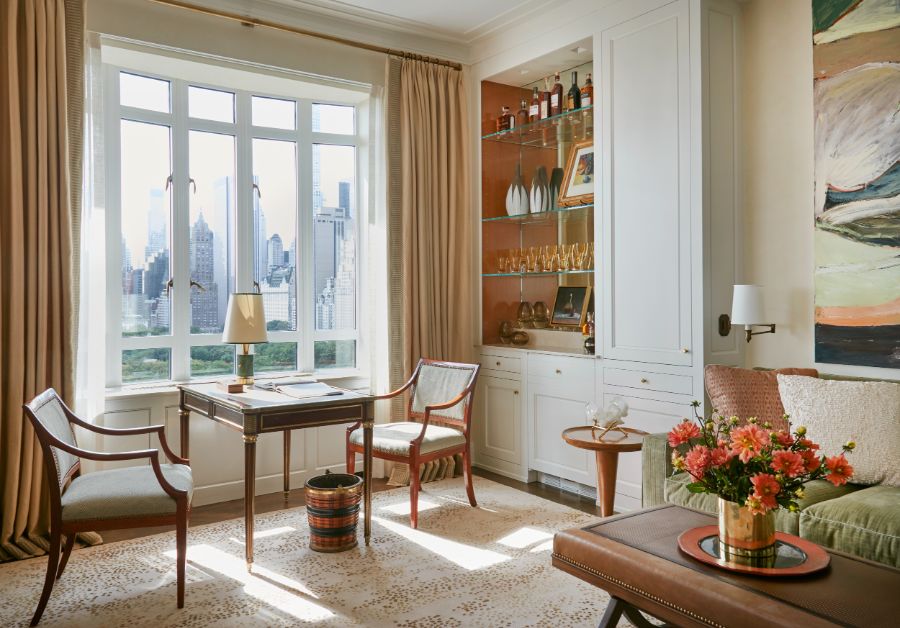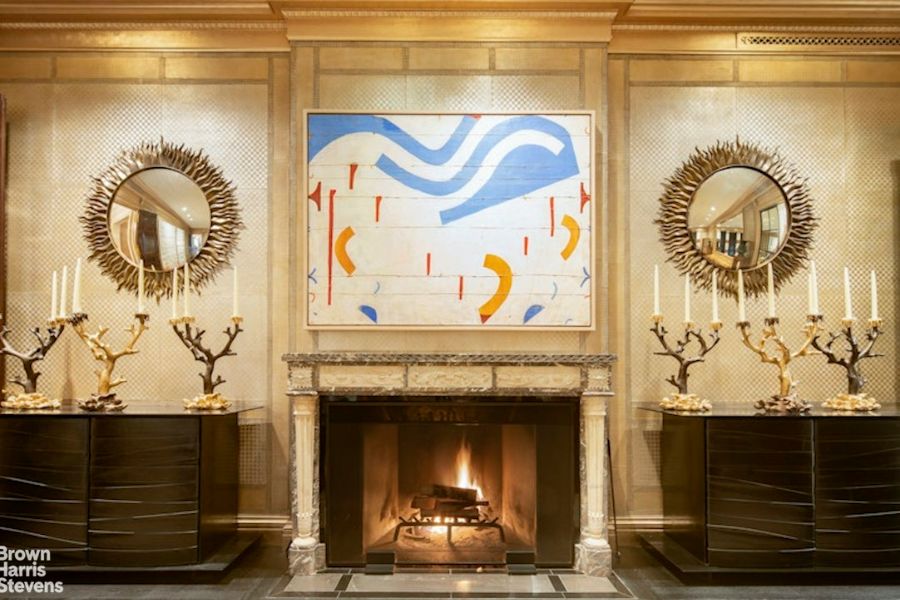According to Sarah Ramsey, a design partner with Cullman & Kravis Associates, the key to a successful project is carefully selecting a "dream team" to collaborate with. Joining the firm in 2004, Ramsey has completed a number of projects across the country, from a historic pre-war apartment in Manhattan's theater district, to a waterfront property in Palm Beach.
Like the firm's focus on elegance, practicality, and attention to detail, Ramsey finds that interior decor is all about the balance between traditional and modern style- one of the key insights provided by Ramsey in a recent sit-down with Brown Harris Stevens Agent Suzanne Werson. In the interview, she discussed the intricate planning process when approaching a renovation project, the important questions to ask when interviewing a potential collaborator, and her personal design preferences.
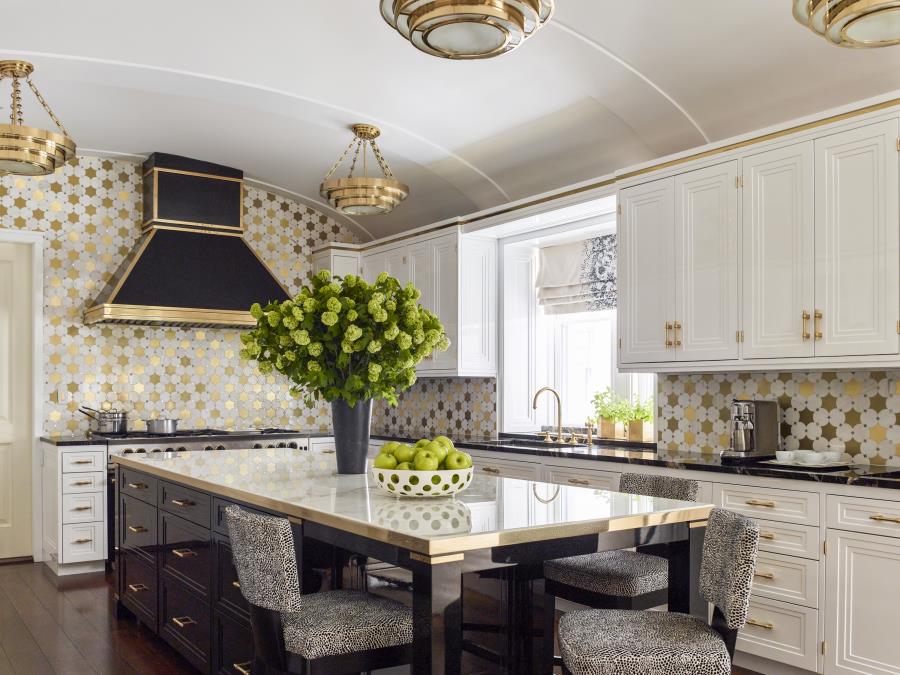
How/where do you start planning a renovation?
The most important place to start is making sure you have a ‘dream team’ on board from the beginning – the architect, contractor, and decorator. You are going to need your architect to work on a solid room plan, the contractor to probe to make sure the bones can support their plan, and a decorator to come up with the most functional furniture plan.
When a project is given X for a time frame, do you always need to plan for more time? How much time and for what situations do you find snag things up?
I always remind the team that the decorator needs 4-6 weeks from ‘hand over’ to complete the job. This allows time for any special decorative paint finishes, the installation of lighting, rugs and curtains, and finally the furniture and accessories. Typically, the last task is hanging artwork. Snags can start from day one with permits, and continue throughout a project from unforeseen structural issues, to being in a long pipeline waiting for hardware or appliances. There is always a punch list of items at the end of a project that come after installation - it’s unavoidable!
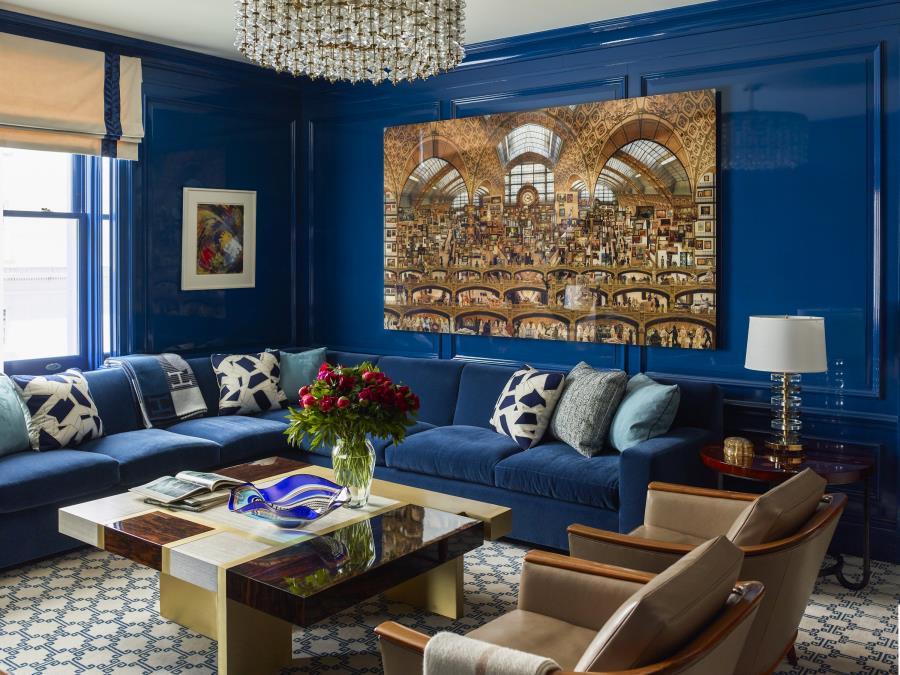
What questions should one ask when interviewing a designer, contractor, or architect?
The interview process is like dating. You are both getting to know each other to determine if you are a good fit. Paperwork is a huge part of our jobs, so ask to see examples of what that will look like, so you can be sure they are organized. Begin the conversation about budget in a broad sense, so there are no surprises (we often can’t quote a specific number until we have a feel for what you like). Ask to tour some of their work; seeing a space in person will give you a much better sense than just looking at photos. Again, having a good team in place from day one is key to a successful project, so you may want to ask who their preferred collaborators are.
Being that lighting is so important to a space how do you go about selecting proper lighting for the space and where to place it? Ceiling, table, floor, etc.?
A home can be beautifully decorated, but without adequate lighting, it will not feel warm and inviting. We find that layering lighting from several sources including ceiling lights, wall lights/sconces, lamps, and specialty lighting, creates the right atmosphere. Once we have a set floorplan, we spend a lot of time with the architects determining where outlets and electrical boxes should be placed. Placing fixtures is so dependent on what furniture is going where.
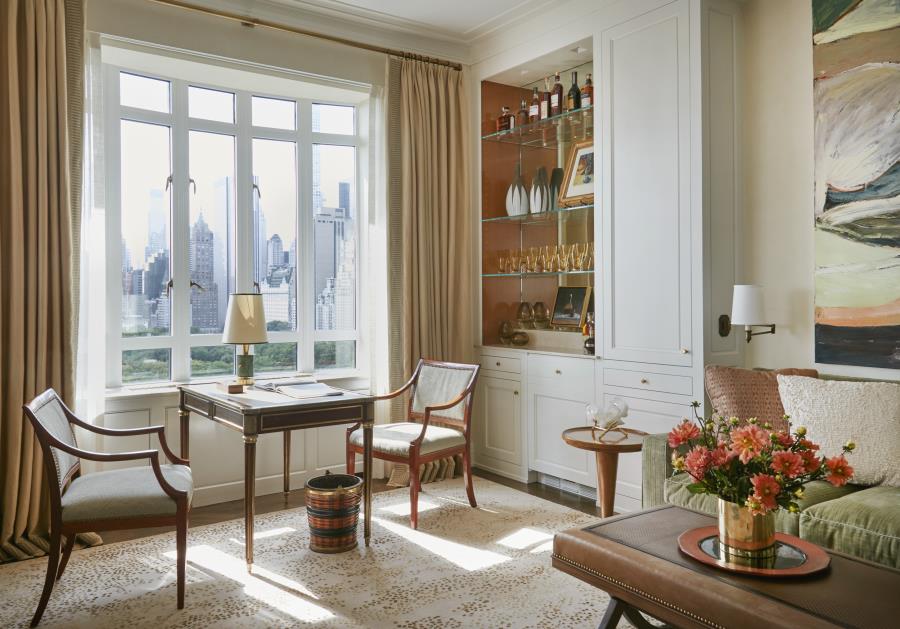
In your opinion Is it always best to mix styles in design even at a minimum?
Too many antiques can make a room look dated, and, conversely, an uber modern interior can look sterile, one-note, and lack soul. Today’s decorating is all about the mix of old and new. It can be fun to mix something ornate into a clean interior, because it creates a stronger dynamic and conversation between the different pieces. We love shopping for antiques and finding just the right piece to pair with the new or custom furnishings we’ve selected for a project.
How do you make a small bathroom luxurious?
We love making small bathrooms into ‘jewel boxes.’ It is an opportunity to use luxurious materials and bold design choices without breaking the budget. We might retrofit an antique chest for the vanity, choose a special stone for the countertops, use a hand painted finish for the walls, and/or lacquer the ceiling in a pop of color.
